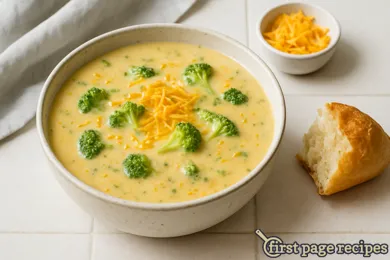Carbon Steel Pans: The Ups and Downs of Cooking with This Kitchen Staple
Explore the benefits and drawbacks of using carbon steel pans in your cooking. Discover if this versatile cookware is right for your kitchen adventures.
 My kitchen work horse Merten & Storck skillet - link below.
My kitchen work horse Merten & Storck skillet - link below.
Ever wondered if a carbon steel pan is worth the hype? We're unpacking the good, the bad, and the practical about this popular kitchen tool.
A Pan That Tells a Story
Today, we're zeroing in on a real heavyweight in the world of cookware--the carbon steel pan. Loved by professional chefs and home cooking enthusiasts alike, this pan has been stirring up quite the buzz. But, just like any kitchen hero, it comes with its own set of quirks. So, let's roll up our sleeves and dissect what makes this pan a shining star and where it might leave you a bit steamed.
The Bright Side of Carbon Steel
- Heats Up Like a Dream: Carbon steel pans are known for their superior heat conductivity. This means they heat up fast and evenly, letting you sear that perfect steak or saute veggies like a pro.
- Tough as Nails: Durability? Check. These pans are built to last, often becoming a treasured tool in kitchens for years. They're tough enough to withstand high heat and vigorous cooking methods. There's no coating to worry about, so you can use metal utensils without fear of scratching.
- Gets Better with Age: Unlike some relationships, carbon steel pans improve over time. With proper care, they develop a non-stick surface, making cooking and cleanup a breeze.
- Versatility for Days: Whether you're frying, searing, or even baking, this pan is up for the challenge. Its ability to handle various cooking techniques makes it a versatile addition to any kitchen.
- Lightweight Lifter: Compared to cast iron, carbon steel is lighter, making it easier to handle, especially when flipping those pancakes!
- Low Price: The manufacturing process for a carbon steel pan is a simple stamping. It doesn't involve bonding different layers of material like stainless steel, or chemical coating like non-stick pans. This makes it a relatively inexpensive pan.
- Durability: Unless they become severely rusted, a carbon steel pan will last a lifetime. They can be re-seasoned as needed.
The Not-So-Shiny Side
- Maintenance Is Key: Carbon steel requires a bit of TLC. Regular seasoning is a must to maintain its non-stick surface and prevent rust. Despite what you may think, this is not difficult nor time-consuming.
- Not Dishwasher-Friendly: When you're done using a carbon steel pan, you need to hand wash it, fully dry it, and rub a bit of oil on the inside.
- Takes Time to Learn: Like everything in the kitchen, there's a bit of a learning curve. It's not just about cooking but also about understanding how to care for the pan properly.
- Acidity Issues: Acidic foods can strip the seasoning off, so you might need to rethink that tomato sauce.
- Light Colored Foods: The dark seasoning can transfer to food. This is not a problem for most foods, but if you're making light-colored foods like pancakes, crepes, or omelets, you might want to choose a different pan.
FAQs About Carbon Steel Pans
- Q: Are they really non-stick?
A: A properly seasoned carbon steel pan is non-stick. It's not as non-stick as a Teflon pan, but it's pretty close. The key to preventing food from sticking to any the pan is to heat the pan first, then the fat (oil or butter), then the food, in that order. - Q: Are carbon steel pans safe?
A: Absolutely! When properly seasoned and maintained, they're a safe and effective cooking tool. - Q: Can I use metal utensils?
A: Yes. Aggressive scraping might harm the seasoning, but that's not permanent damage - you can remove the seasoning and re-season the pan. - Q: What cooking systems do carbon steel pans work with?
A: All of them! Gas, electric, induction, coals, campfire, grill, oven, and probably anything else you can think of. - Q: How often should I season my pan?
A: Read all about seasoning in our Ultimate Guide to Seasoning a Carbon Steel Pan.
Practical Advice
I think there's a place for at least one carbon steel pan in every kitchen. Like any type of pan, it's not the tool for every job. But, it's a great tool for many jobs. It's my go-to pan for most of my cooking. I also use: - A non-stick pan for eggs and especially French omelets. - A cast iron pan for high heat searing - The thermal mass of cast iron can't be matched when a lot of heat is needed. - Stainless steel pans for acidic sauces and other foods that might react with the seasoning on the carbon steel pan.
Recommendation

This is my favorite carbon steel pan. It's made by Merten & Storck, a German company that's been making cookware since 1873. It's a great pan at a great price. I've had mine for many years, and it's still going strong. It's the same one pictured at the top of this article. It has 3 substantial rivets holding the handle on. There's a slightly more expensive version with a stainless steel handle as well - both are available at the link.










